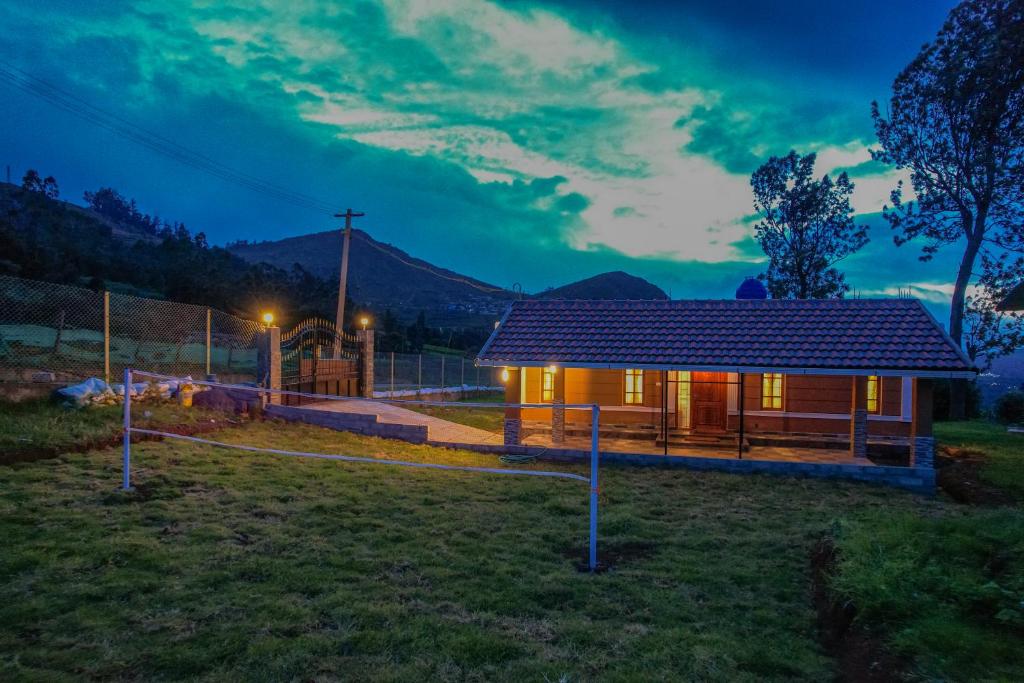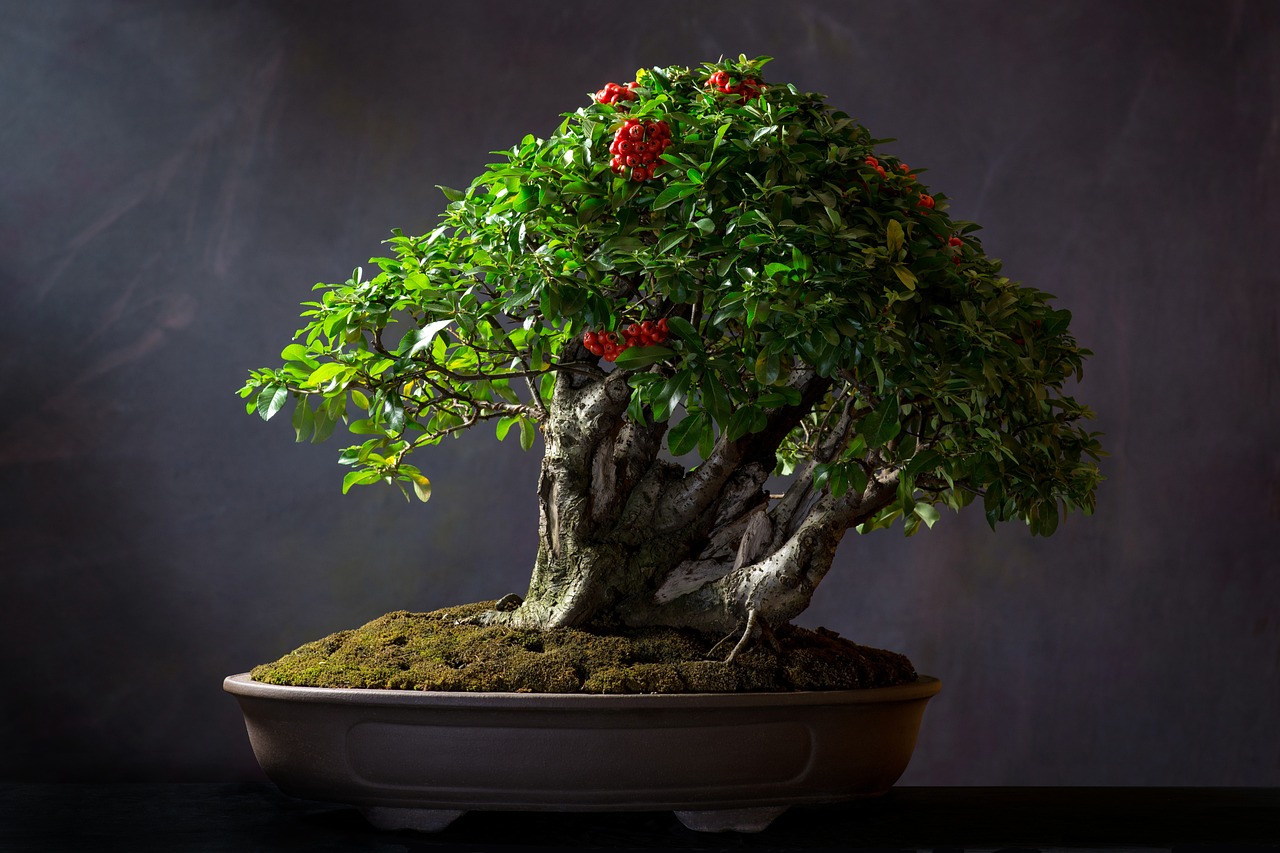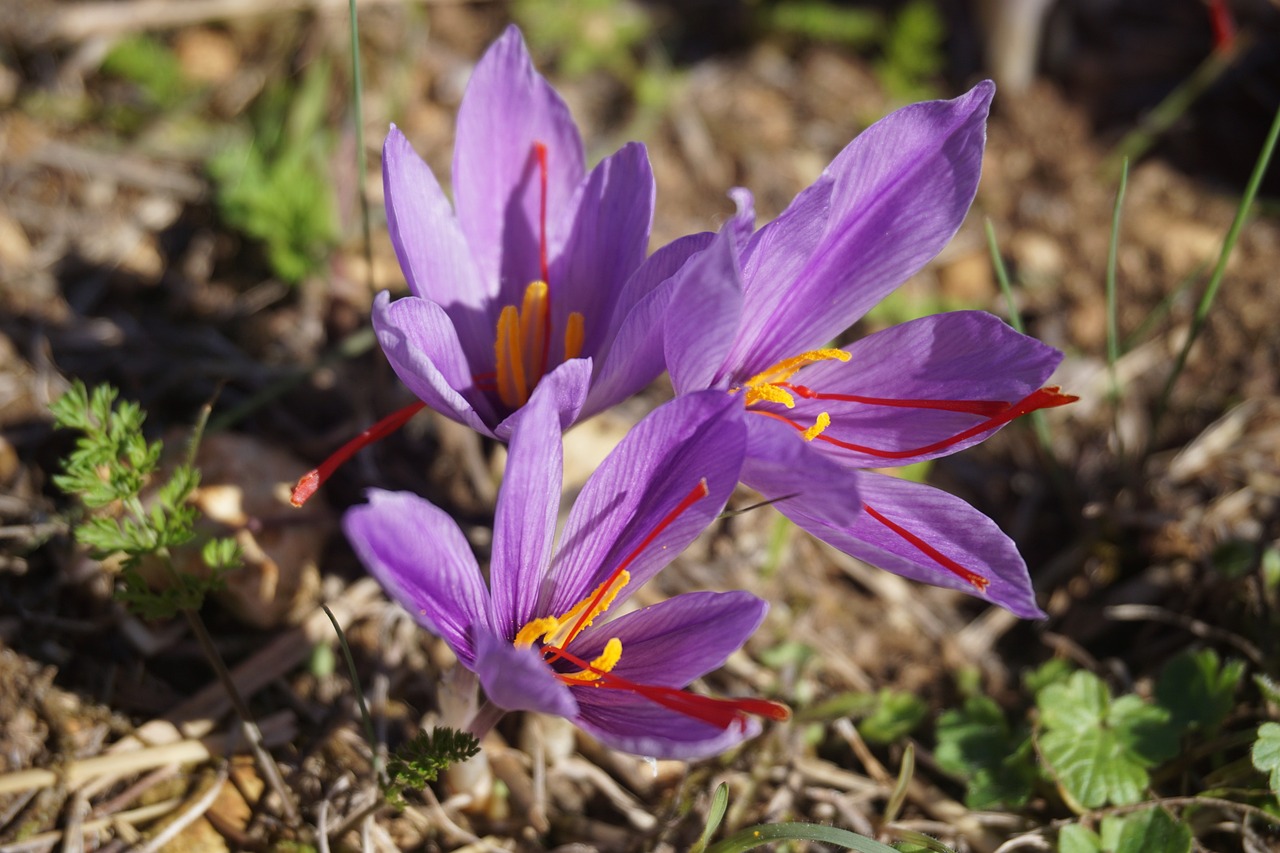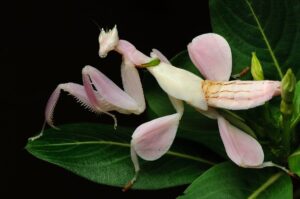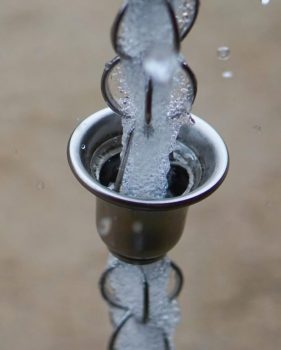 Pin
Pin Photo by @dasswerke / Instagram
Centuries ago, long before gutters etched lines across rooftops, Japan had already mastered the art of channeling water with grace. In Zen temples and wooden homes tucked beneath cherry blossoms, rain was not merely diverted—it was honored. The Kusari Doi was born not as a utility, but as a tribute. Every link, every cup, designed with reverence for the journey of a single drop.
The chain became a storyteller. As rain slid down its length, it recited tales of mountains, skies, and rivers. It did not rush—there was no need. Time itself slowed beside it. To stand near one was to hear the hush of old forests in every note.
These stunning Japanese Rainwater harvesting Kusari doi rain chain pieces still whisper those same stories today. In a world of fast fixes and sharp edges, they offer something enduring: the ability to turn rainfall into a moment of stillness and subtle joy.
Table of Contents
Craftsmanship that Captures the Soul of Water
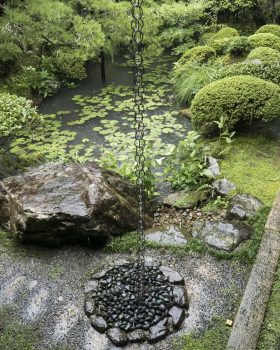 Pin
Pin Photo by @dasswerke / Instagram
There is something disarming about the first moment you see a Kusari Doi in motion. Rain does not fall—it dances. It lingers in the air, captured in delicate chains or bronze cups, pirouetting downward with a rhythm as ancient as the skies. But this elegance is no accident. It is the result of centuries of artisanship passed through generations.
Crafted from copper, brass, or wrought iron, each chain is hand-assembled with an eye for balance and a heart for harmony. The form is deceptively simple, but the intention behind each element is profound. It is not about draining water—it is about giving it a path worthy of its journey.
More than functional beauty, the Kusari Doi reveals something modern architecture often forgets: grace matters. Even in stormy skies, design can soothe. A rain chain doesn’t just guide water—it invites you to pause, watch, and feel a quiet connection with nature’s every sigh and shimmer.
A Symphony of Sound with Every Storm
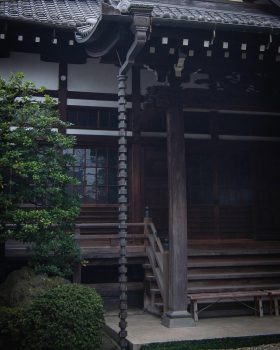 Pin
Pin Photo by @dasswerke / Instagram
Listen closely during the rain, and you’ll hear it—the soft clink of metal, the melodic trickle echoing gently through the air. Kusari Doi rain chains do not just move water; they compose with it. The sound is never jarring. It’s a liquid lullaby, tuned by hand, softened by gravity, and shaped by design.
Each drop becomes a note in an ever-changing melody. On gentle days, it hums. During a downpour, it crescendos—not with chaos, but with purpose. There is no splash, no harsh thud against the concrete. Only the sound of nature being received with kindness.
This auditory elegance creates more than ambiance; it shapes emotion. People stand under eaves not to escape the rain, but to hear it. To experience it. A Kusari Doi invites you into the moment. It turns weather into wonder and makes the simple act of listening feel like a gift.
Blending Architecture with the Poetry of Nature
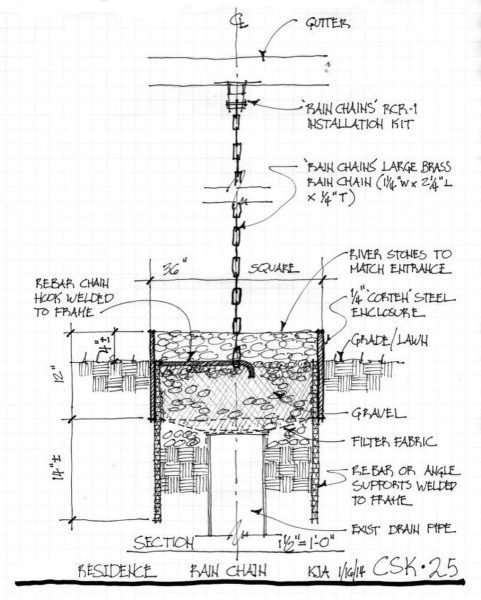 Pin
Pin Photo by @dasswerke / Instagram
In traditional Japanese homes, there is no sharp divide between indoors and out. The same philosophy flows through the Kusari Doi. It does not jut out like a cold pipe; it descends like a ribbon, threading sky to earth with gentle persistence. It becomes part of the home’s soul—not an attachment, but an extension.
Placed beside wooden beams, tiled roofs, or minimalist gardens, the chain feels inevitable—like it was always meant to be there. It sways with the wind, mirrors sunlight, and darkens with the storm. Its presence is subtle, yet impossible to ignore. It is not just design; it is restraint made beautiful.
Western architecture is starting to take note. Homes once built with concrete edges and PVC gutters now embrace this softer approach. The Kusari Doi doesn’t demand space. It enhances it. It doesn’t clash with the natural world—it collaborates. And in doing so, it reminds us that structure and serenity are not at odds. They can, in fact, be one.
Embracing Seasonal Drama Through Subtle Design
Each season reveals a different face of the Kusari Doi. In spring, rain tiptoes through blooming gardens, catching reflections of cherry petals in every droplet. In summer, it dances faster—urgently, joyfully—echoing the monsoon’s pulse. Autumn cloaks the chain in warm light and fallen leaves, turning each rainfall into a golden theater. And in winter, frost lingers on its links like silver breath held in suspense.
The beauty lies in its adaptability. It does not resist the seasons—it showcases them. The rain chain becomes a canvas, and the weather its ever-changing artist. Homeowners have even started to highlight this poetry with lighting or place smooth river stones beneath to accentuate the splash.
There is nothing loud or flashy about this. The Kusari Doi works with what nature gives. In doing so, it transforms passive weather into participatory art. It allows your home to feel alive with the world outside—connected, grounded, and always in gentle conversation with the rain.
Sustainable Function Wrapped in Timeless Aesthetics
In a time when sustainability is more necessity than choice, the Kusari Doi offers a quiet solution that doesn’t shout for attention. It guides water efficiently, often into collection barrels, stone wells, or garden beds. Yet unlike the rigid downspout, it does this with elegance—celebrating rain as a resource, not a problem.
Its open design allows rain to be seen, heard, and reused. Nothing is hidden. There are no clogs, no corrosion in hidden corners. The chain’s simplicity is its strength. And as it supports eco-conscious living, it never sacrifices beauty for utility.
In fact, that balance is what makes it unforgettable. This isn’t just green design—it’s poetic infrastructure. People invest in rain chains not just to harvest water, but to feel something. Pride. Calm. Reverence. It’s one of the rare inventions that manages to do good for the planet and stir the soul at once.
Choosing the Right Kusari Doi for Your Space
Selecting a Kusari Doi isn’t just about drainage—it’s about mood, story, and presence. Some designs feature cascading cups, like lotus blossoms catching rain with grace. Others opt for open chains, minimalist and fluid, letting water slip through like silk threads. Each version carries a different tone—earthy, refined, whimsical, serene.
Material plays its own role in the narrative. Copper weathers into a soft green patina, adding age and character over time. Stainless steel keeps its shine, perfect for modern homes. Brass glows warmly, catching evening light as if remembering the sun after a storm. Your choice shapes how rain feels when it arrives.
Consider your setting—roof height, rainfall intensity, garden layout. Then listen to what calls to you. Is it the soft ring of water in metal bowls? Or the quiet trail down polished links? The right Kusari Doi doesn’t just suit your home—it completes it, like punctuation at the end of a beautiful sentence.
Installation with Intention and a Touch of Ceremony
Installing a Kusari Doi isn’t just a technical task—it’s a moment of thoughtfulness. It begins at the eaves, where a hook or bracket secures the chain. This point of contact should feel deliberate, as though you’re inviting the rain to arrive with grace. The chain should hang freely, aligned with a basin, stone bowl, or garden feature that will receive the water.
It’s not only about where the water goes—it’s about how it’s welcomed. Some homeowners create a small Zen garden beneath, layering pebbles, moss, or bamboo grates to absorb the splash. Others place a ceramic bowl, letting the ripples speak in circles. It’s part function, part ritual.
In doing so, you shift your relationship with weather. Rain becomes an event to notice, not avoid. The chain is more than hardware—it’s a ceremony with the sky. And the way you install it shapes the entire experience: one of presence, peace, and small moments that feel quietly sacred.
Maintenance That Honors Simplicity
Unlike traditional gutters that rust, clog, or crack in silence, the Kusari Doi speaks clearly when it needs attention. Its design encourages visibility—you can see each link, each cup. When leaves gather or wind shifts the alignment, the chain doesn’t break down. It simply asks for your notice.
Cleaning is gentle. A soft cloth, a bit of water, and intention. Copper may darken, forming its own story through patina. Some prefer it polished, while others let time paint its own layer. It’s not about upkeep—it’s about care. Like tending a bonsai or sweeping a teahouse floor, the act becomes meditative.
What you maintain isn’t just metal—it’s the invitation to pause. To hear the rain again. To remember that even small rituals matter. In an age of automation and rush, this kind of maintenance returns dignity to the domestic, and reverence to the elements we so often forget to see.
A Living Thread Between Sky and Soul
A Kusari Doi is not just an object—it’s an experience, unfolding drop by drop. It connects roof to earth, sound to silence, motion to meaning. It takes a utilitarian act—moving water—and transforms it into a gentle ceremony that reminds us we are part of something larger.
In the hush of a storm, or the glisten of a post-rain morning, the chain becomes a thread between what we build and what the world brings. It asks nothing but attention. And in giving it, we find something rare in today’s design: humility. The Kusari Doi doesn’t claim space—it offers presence.
In gardens, on porches, beside windows, it becomes a quiet companion. The kind that asks you to pause, not because it demands it, but because it deserves it. In a single strand of cups or links, it holds beauty, purpose, and peace—all shaped by the simplest of gifts: rain.
FAQs
Yes, they do—when installed properly. Kusari Doi rain chains are designed to guide rainwater from your roof to the ground or a collection basin with grace and efficiency. While traditional downspouts enclose the water, these open systems allow you to witness and enjoy the flow. For areas with heavy rainfall, a wider or cup-style chain helps manage higher volumes. They’re not just decorative; they’re fully functional when matched to the right setting.
Absolutely. These chains complement both traditional and modern architecture. Their minimalist design, available in sleek metals like stainless steel or matte black finishes, fits beautifully with contemporary styles. Whether your home is rustic, urban, or somewhere in between, a Kusari Doi adds a poetic layer of design without overpowering the structure.
Not at all. Rain chains are low-maintenance. Since they’re exposed, debris rarely gets trapped the way it does in enclosed gutters. A quick rinse or occasional wipe is usually enough. Over time, copper chains develop a natural patina, which many consider part of their charm. If you prefer them shiny, gentle polishing brings back their original luster.
It depends on how you receive the water. A thoughtfully placed basin, stone bed, or rain barrel prevents splashing and adds beauty. Some people design small garden features around their chains to catch and reuse the water. It’s not only tidy—it’s meditative. Watching rain spiral into a bowl becomes a quiet ritual in itself.
Very much so. They support water harvesting effortlessly by directing rain into collection barrels or garden beds. Their open design invites you to reconnect with the natural water cycle. Made from durable, often recyclable materials like copper or steel, they offer a sustainable solution that doesn’t compromise on beauty or purpose.



